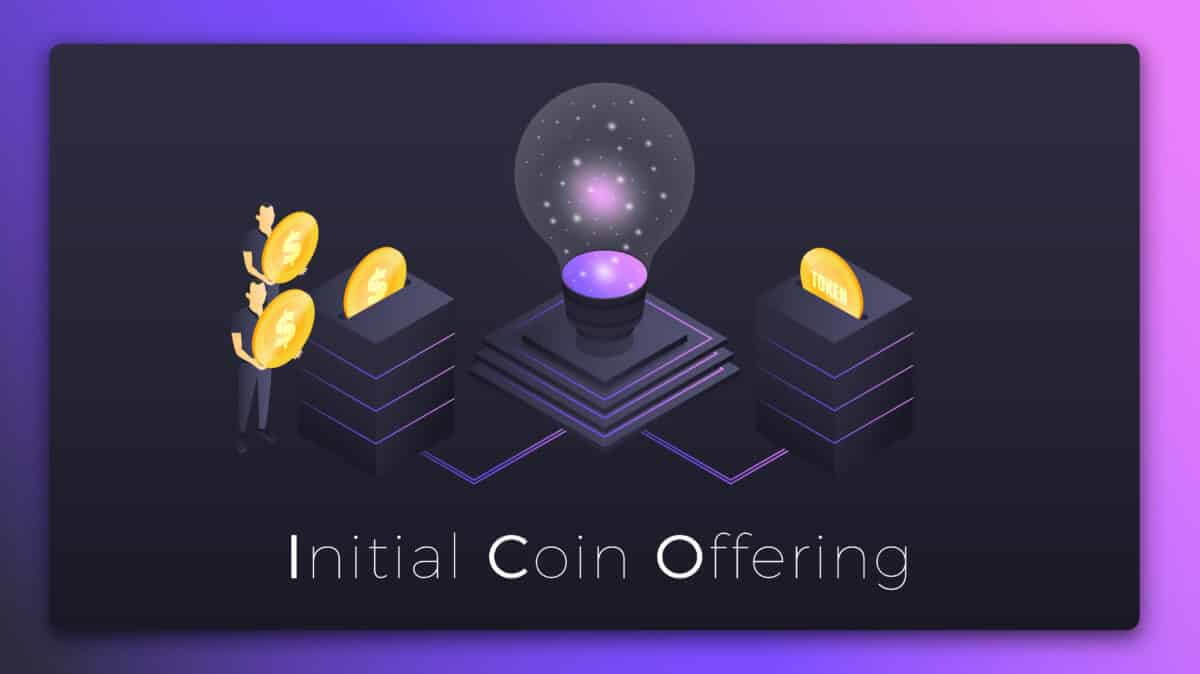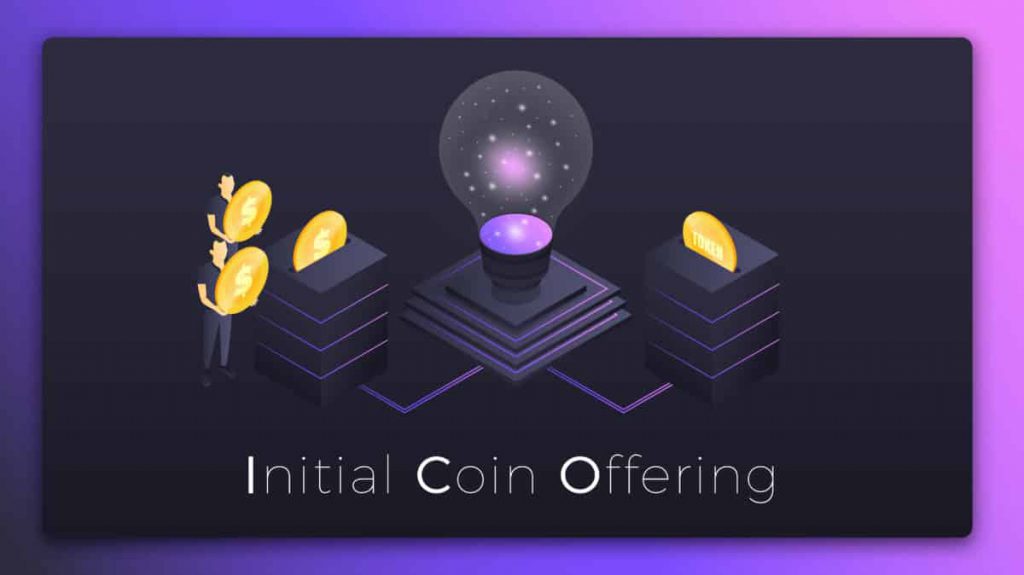
What is Initial Coin Offering (ICO)
ICO (An initial coin offering) represents the crypto industry’s equivalent to IPO (an initial public offering). A company planning to raise money to create a new app, coin, or service launches An initial coin offering to raise funds.
The company can issue tokens, and engaged investors can buy into the offering and get a new crypto token from this company. This token might be helpful in using the company’s service and product. Or it might just serve as a stake in the project and company.
KEY TAKEAWAYS
- ICOs (Initial Coin Offerings) are a standard fundraising method used by startups planning to offer products and services generally related to the blockchain space.
- Some Initial Coin Offerings have generated massive gains for investors. Many others performed poorly or turned out to be frauds.
- In order to participate in an ICO, investors need to buy a digital currency first and understand using exchanges and crypto-wallets.
- ICOs are mainly entirely unregulated, so investors need to be cautious and diligent when investing in ICOs.
How an ICO Works
When a crypto startup aims to raise money utilizing ICO, the company usually outlines several points. Those points are: what the project is about, the demand the project will fulfill after completion, the amount of money needed for it, the number of virtual tokens the founders will hold, the type of money that will be allowed, and the duration of the ICO campaign.
During the ICO campaign, supporters and followers of this project purchase some of the project’s tokens with fiat or digital currency. These coins are introduced as tokens similar to shares of a firm sold to investors during an IPO. If the proposed money can not meet the minimum requirements set by the firm, the funds might return to the supporters; in this case, the ICO would be considered unsuccessful. If the funding requirements fit within the specified timeframe, the raised money is used to proceed with the project’s goals.
Special Considerations
Investors regarding buying into ICOs need first to get familiar with the crypto sector. In the case of most ICOs, investors have to use pre-existing cryptos in order to purchase tokens. In other words, an ICO investor will need to own a crypto wallet already set up for bitcoin or ethereum with a wallet capable of holding any token or currency investor wants to purchase.
There is no formula for staying informed of the newest ICOs. The best thing to do is to check about new projects online. There are many places online where investors meet to discuss new opportunities. For example, there are specific sites that are aggregating ICOs. They are enabling investors to find out new ICOs, analyze and compare different offerings.
Initial Public Offering (IPO) vs. Initial Coin Offering (ICO)
There are a few necessary ways of going about raising funds for expansion and development for traditional companies. A company can be small from the beginning and grow as its earnings allow. However, this also means company owners might have to wait long for funds to grow. Alternately, from the beginning, companies can also search for outside investors, providing them a quick stream of cash. In this case, they need to give away a portion of the ownership stake. Another way is to go public, receiving funds from individual investors by trading shares through an IPO.
While IPOs deal solely with investors, ICOs might also deal with supporters interested in investing in a new project, such as a crowdfunding event. However, crowdfunding differs from ICOs. The funds raised in crowdfunding campaigns are mainly donations, while the supporters of ICOs are motivated by a future return on their investments.
ICOs also include at least two crucial structural differences from IPOs. First, ICOs are mostly unregulated, whic means the government organizations like the SEC (Securities and Exchange Commission) never oversee them. Secondly, because of the lack of regulation and decentralization, ICOs seem more accessible in terms of structure than IPOs. ICOs can have unique structures. In some circumstances, a can company set a specific limit or goal for its funding, meaning that the total token supply is static, and every token sold in the ICO comes with a pre-set price.
Advantages and Disadvantages of ICOs
In an IPO, investors receive shares of stock in a firm in exchange for their investment. However, in an ICO, there are no shares as such. Alternatively, companies raising funds via ICO produce a blockchain that is equal to a share, in this case, a crypto token. In most situations, investors pay using an existing token such as ethereum or bitcoin and receive a proportional amount of new tokens in exchange.
Overall, it seems easy for a firm to launch an ICO in order to generate tokens. When considering the differences between shares and tokens, every investor should remember that a token does not have legal guarantees or any intrinsic value.
ICO managers are responsible for generating tokens according to the ICO terms and conditions, getting them, and then categorizing them according to their plan by assigning them to individual investors.
New investors in an ICO operation are generally excited to purchase tokens hoping that the plan will work out successfully after it launches. If this occurs, the value of these tokens they bought will rise beyond the price set by the ICO. Therefore, it will generate the possibility of achieving overall gains, which serves as the primary benefit of an ICO.
Examples of an Initial Coin Offering
When estimating ICOs, investors can consider the return on investment and the money raised in the ICO.
In 2014, for 43 days, Ethereum’s ICO was an early pioneer, managing to raise $18 million.
In 2015, a two-phase ICO started for a firm called Antshares (later known as NEO). The first phase ended in October, while the second continued until September next year. During this period, the company earned nearly $4.6 million.
In terms of total funds raised, ICOs have recently generated more significant amounts.


